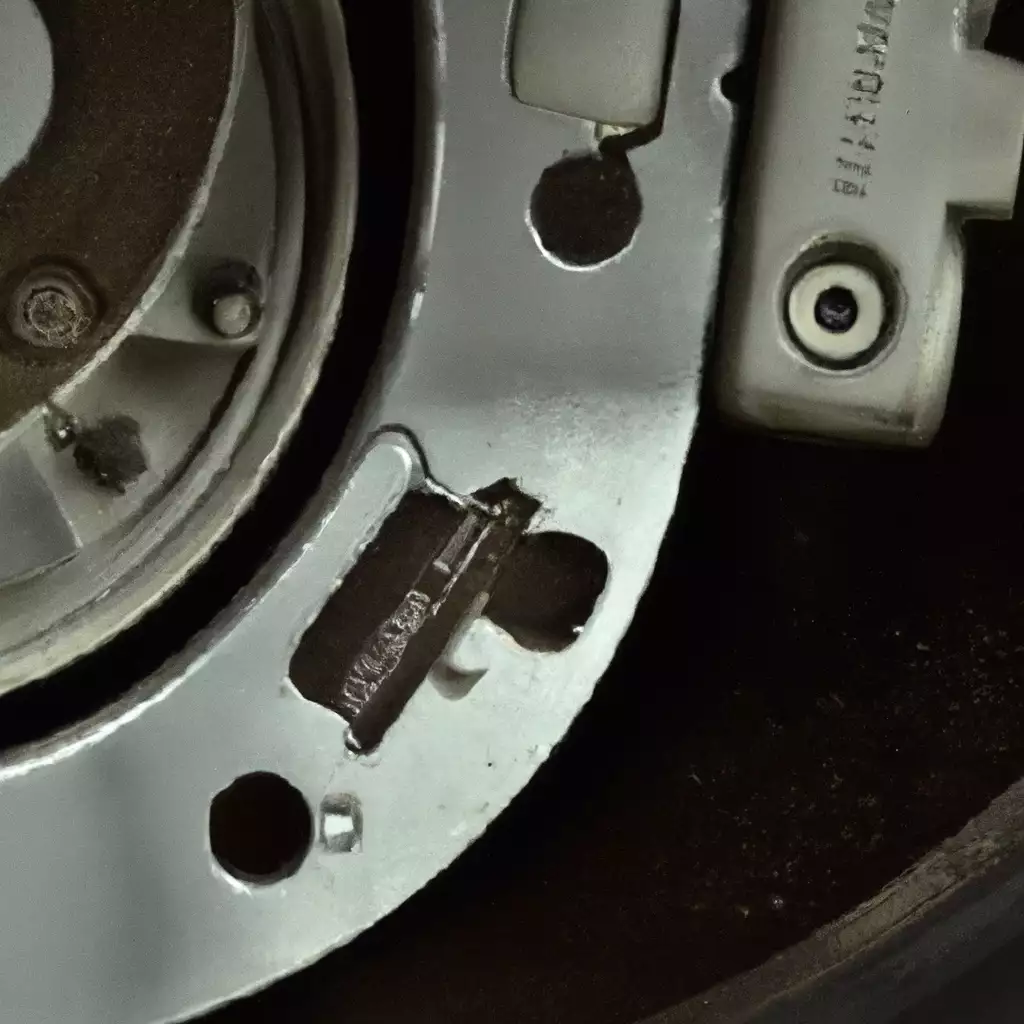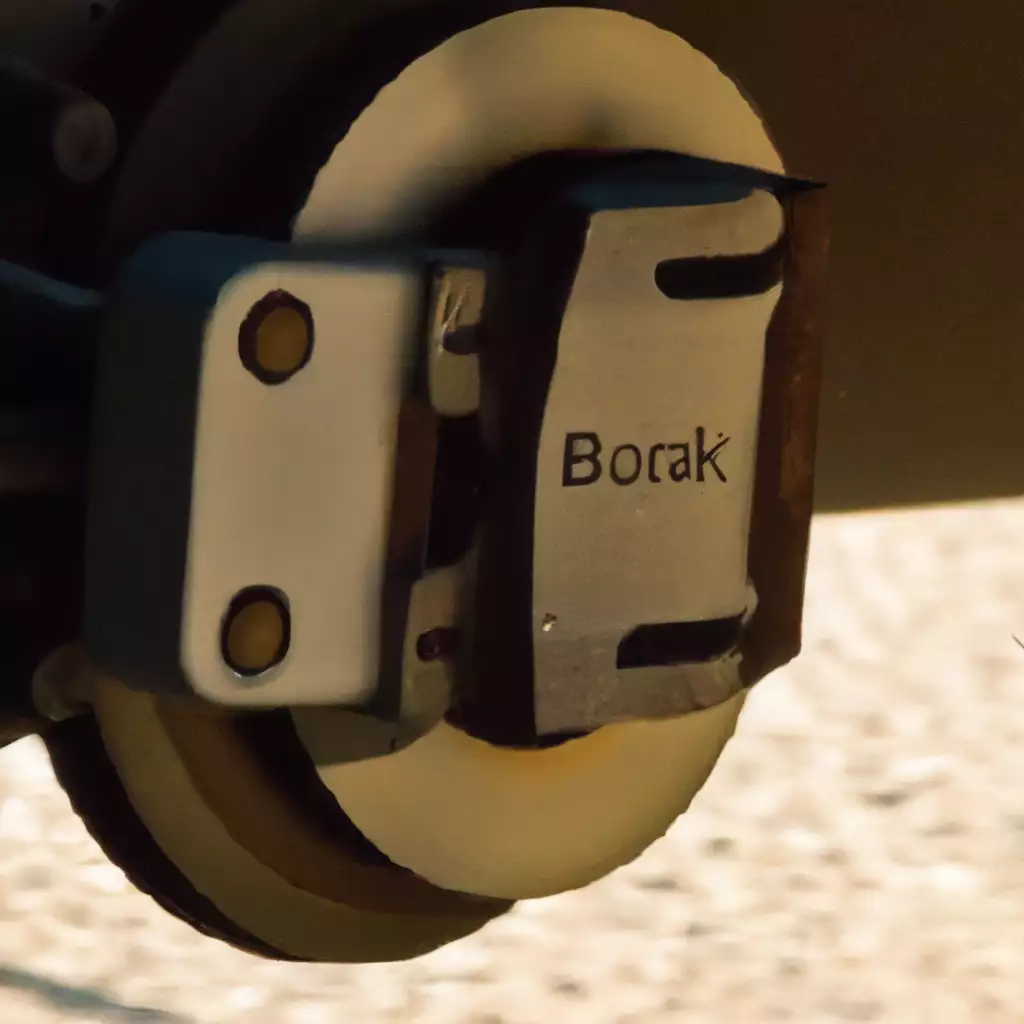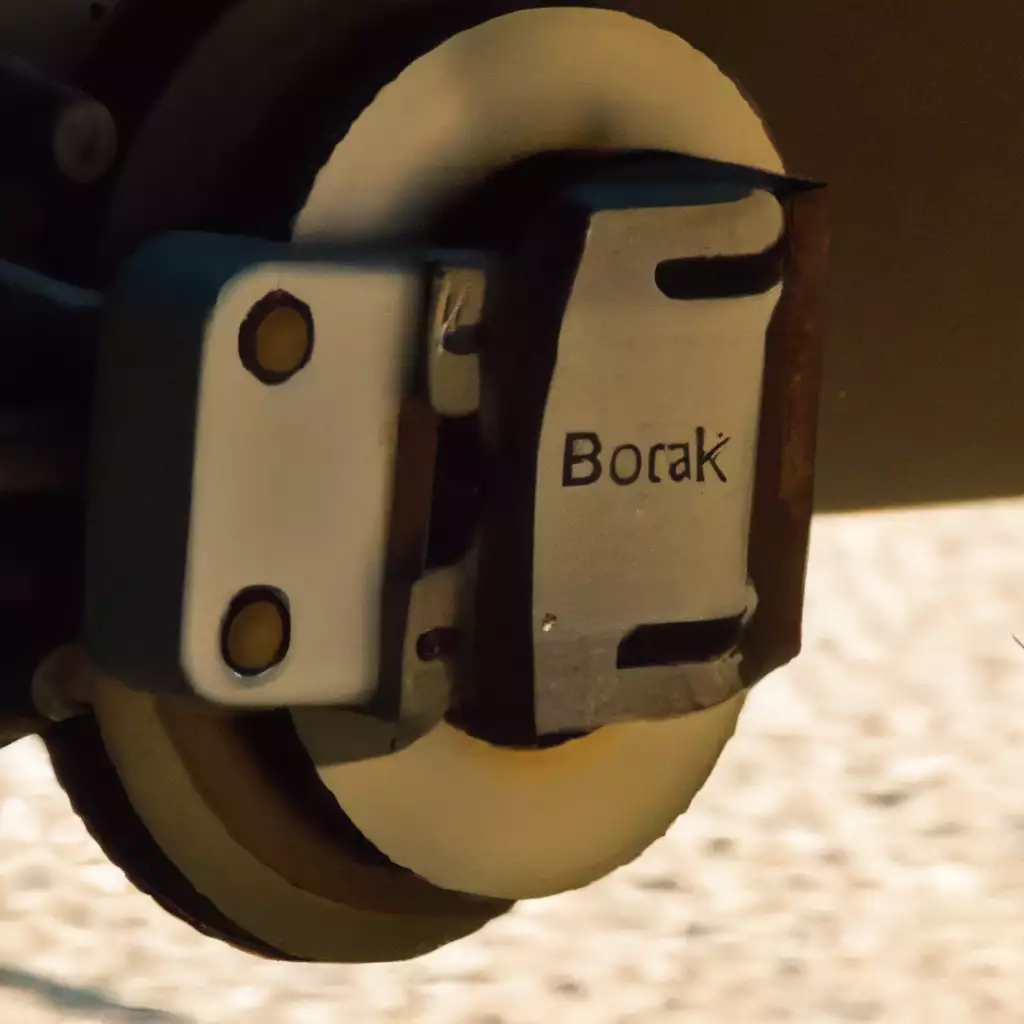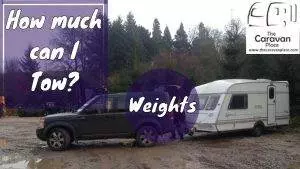When it comes to safely braking while towing, understanding the proper techniques is paramount. Whether you’re hauling a camper, boat, or any other sizable load, it’s crucial to grasp the best ways to effectively control and halt your vehicle without compromising stability. This article will explore the different brake systems available for towing and highlight essential considerations for maintaining control and ensuring a smooth and secure braking experience.

Braking Basics for Towing
Understanding Braking Systems
When it comes to towing, understanding different braking systems is crucial for the safety of both you and other drivers on the road. Depending on your towing setup, you may have either an electric brake controller or a surge brake system. Both of these systems work differently and require specific techniques for effective braking.
Brake Controller
For those who tow with a trailer equipped with electric brakes, an electric brake controller is an essential component. This device is typically mounted in the cabin of your towing vehicle and is responsible for sending signals to the trailer brakes when you apply the brakes in your vehicle. The brake controller allows you to adjust the amount of braking force applied to the trailer, ensuring a smooth and controlled stop.
Braking Laws and Regulations
Before venturing out on the road with a trailer, it is important to familiarize yourself with the braking laws and regulations in your jurisdiction. Different regions may have specific requirements regarding braking systems for trailers, such as weight thresholds that trigger the need for additional braking mechanisms. By understanding and complying with these laws, you can not only avoid legal troubles but also ensure the safety of yourself and others on the road.
Braking Techniques
Smooth Braking
When towing, it is important to practice smooth braking techniques. Abrupt or aggressive braking can lead to instability, causing the trailer to sway or whip, which can be extremely dangerous. Instead, apply the brakes gently and evenly, allowing the braking force to be distributed smoothly between the towing vehicle and the trailer. By doing so, you can maintain control and stability throughout the braking maneuver.
Pulse Braking
Pulse braking is another technique commonly used when towing. This technique involves gradually applying and releasing the brakes in a rhythmic manner. By pulsing the brakes, you can prevent the trailer from fully exerting its weight on the towing vehicle, reducing the risk of a jackknife situation. Pulse braking allows for a more controlled and balanced braking experience.
Downshifting
Downshifting can also be an effective braking technique when towing, particularly when going downhill. By downshifting to a lower gear, you can rely on the engine braking force to slow down the entire setup, reducing the strain on the brakes. This technique can be particularly useful when towing heavy loads or in situations where extended periods of braking are required, such as when descending steep inclines.

Towing with an Electric Brake Controller
Installation and Setup
When using an electric brake controller, proper installation and setup are crucial for optimal performance. Start by mounting the brake controller in a convenient and easily accessible location within your vehicle’s cabin. Next, you will need to connect the controller to the electrical system of your towing vehicle. This typically involves connecting the appropriate wires to the vehicle’s battery and brake light circuit. Follow the manufacturer’s instructions carefully to ensure a proper and secure installation.
Brake Controller Adjustment
After installing the electric brake controller, it is important to adjust it correctly to suit your towing setup. Different trailers may require different levels of braking force, depending on their weight and load distribution. Most modern brake controllers have adjustment settings that allow you to fine-tune the braking force applied to the trailer. Start by setting the controller to a moderate level and test the braking performance. Gradually increase or decrease the force until you find the optimal setting that provides smooth and controlled braking.
Braking with an Electric Brake Controller
When it comes to braking with an electric brake controller, the process is quite straightforward. As you apply the brakes in your towing vehicle, the brake controller will send signals to the trailer’s electric brakes to activate them. The braking force will be proportional to the amount of force applied to the vehicle’s brakes. This allows for synchronized braking between the towing vehicle and the trailer, ensuring a coordinated and safe stop. Remember to always apply the brakes smoothly and avoid abrupt or aggressive braking actions.
Towing with a Surge Brake System
Understanding Surge Brakes
Unlike electric brake controllers, surge brake systems are hydraulic mechanisms that operate independently and do not require an external brake controller. Surge brakes work by utilizing the forward motion of the trailer to actuate the hydraulic brakes, creating a proportional braking force. When the towing vehicle slows down, the surge or compression of the trailer pushes a hydraulic cylinder, which then applies the brakes on the trailer.
Braking with a Surge Brake System
When using a surge brake system, the braking action is automatic and occurs as a result of the forces exerted by the trailer. As you apply the brakes in your towing vehicle, the surge in the trailer’s motion triggers the surge brake mechanism, engaging the brakes on the trailer. This creates a proportional braking force, allowing for synchronized and controlled stopping. However, it is important to note that surge brakes do not provide the same level of adjustability as electric brake controllers, as the brake force is primarily based on the trailer’s weight and motion.
Maintenance Tips
To ensure the effectiveness of a surge brake system, regular maintenance is crucial. Inspect the surge coupler for any signs of wear or damage, and lubricate it as recommended by the manufacturer. Check the hydraulic fluid level regularly, and bleed the brake lines if any air bubbles are present. Additionally, monitor the brake pads or shoes for wear and replace them when necessary. Proper maintenance not only ensures optimal braking performance but also extends the longevity of the surge brake system.
Additional Braking Tips and Considerations
Proper Following Distance
When towing, it is important to maintain a proper following distance from the vehicle in front of you. Towing a trailer increases both the weight and length of your overall setup, requiring a longer distance to come to a complete stop. By keeping a safe following distance, you allow yourself ample time and space to react to any sudden changes in traffic conditions or to brake smoothly if necessary.
Adjusting for Extra Weight
When towing heavy loads, it is essential to adjust your braking technique accordingly. The added weight of the trailer increases the braking distance required to come to a complete stop. Additionally, the weight distribution and load balance can impact the braking performance. Take this into consideration and adjust your braking distance and force accordingly. It is also important to ensure that your towing vehicle’s brakes are properly rated and capable of handling the additional weight.
Slowing Down on Descents
When towing uphill, most drivers understand the need to downshift for better traction and control. However, when descending steep inclines, it is equally important to adjust your braking technique. Relying solely on the brakes can lead to excessive heat buildup, potentially causing brake fade or failure. Instead, utilize a combination of downshifting, engine braking, and intermittent application of the brakes to control your speed. This approach helps to prevent excessive strain on the braking system and promotes safer and more controlled descents.
Questions and Answers
What brake system is right for me?
The choice between an electric brake controller and a surge brake system depends on several factors, including the weight of your trailer and the towing laws and regulations in your jurisdiction. Electric brake controllers offer more adjustability and control, making them suitable for heavier loads and situations that require precise braking. On the other hand, surge brake systems are simpler and require less setup, making them an excellent choice for lighter trailers or those looking for a more hands-off braking experience. It is always recommended to consult with local experts or professionals to determine the most suitable braking system for your specific towing needs.
How often should brakes be inspected?
Regular brake inspections are crucial for maintaining safe towing conditions. It is generally recommended to inspect your brakes at least once a year, or more frequently if you tow your trailer frequently or over long distances. During the inspection, check for signs of wear, such as thinning brake pads or shoes, uneven wear patterns, or any abnormal noises or vibrations when applying the brakes. If any issues are detected, it is essential to address them promptly to ensure optimal braking performance and safety.
Can I use the same braking technique for all towing setups?
While some braking techniques, such as smooth braking and adjusting for extra weight, can be applied to all towing setups, the specific braking technique may vary based on the braking system and the weight distribution of the trailer. It is important to familiarize yourself with the braking system and setup of your specific towing configuration and adjust your braking technique accordingly. Always follow the manufacturer’s recommendations and consult with professionals if you have any doubts or concerns about the appropriate braking technique for your towing setup.



